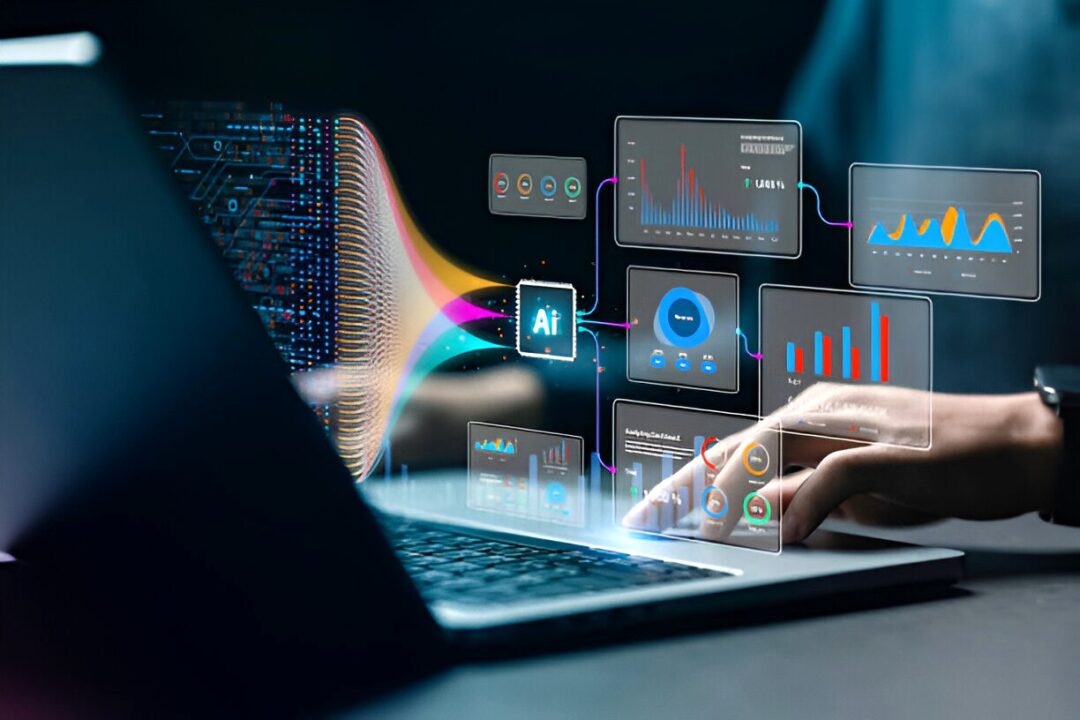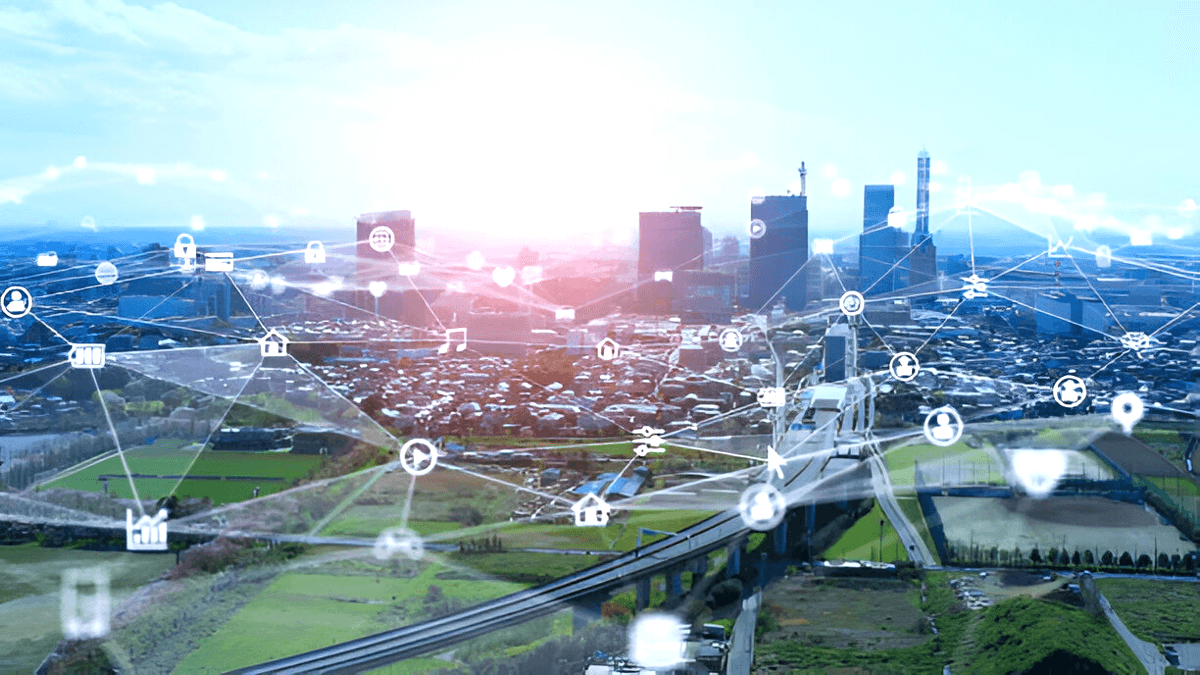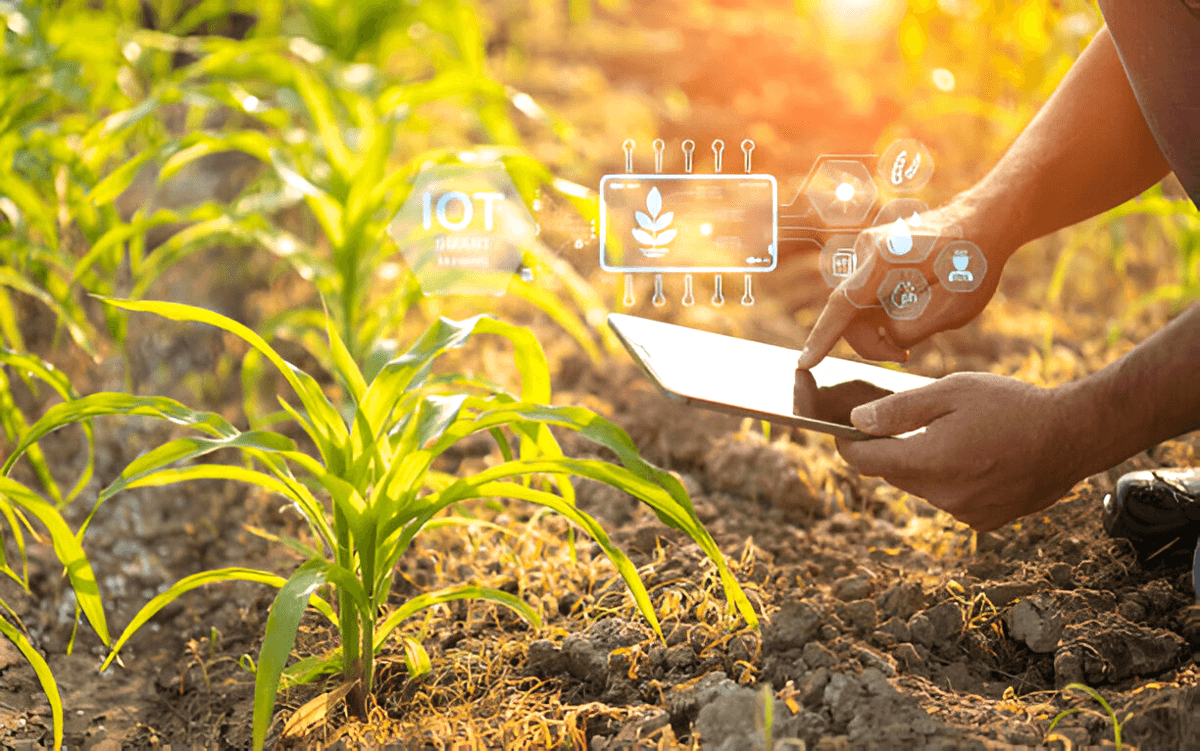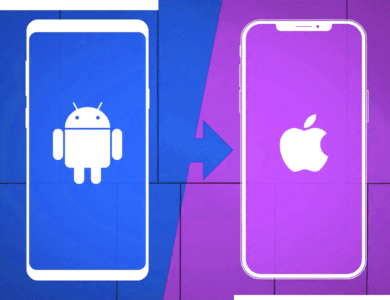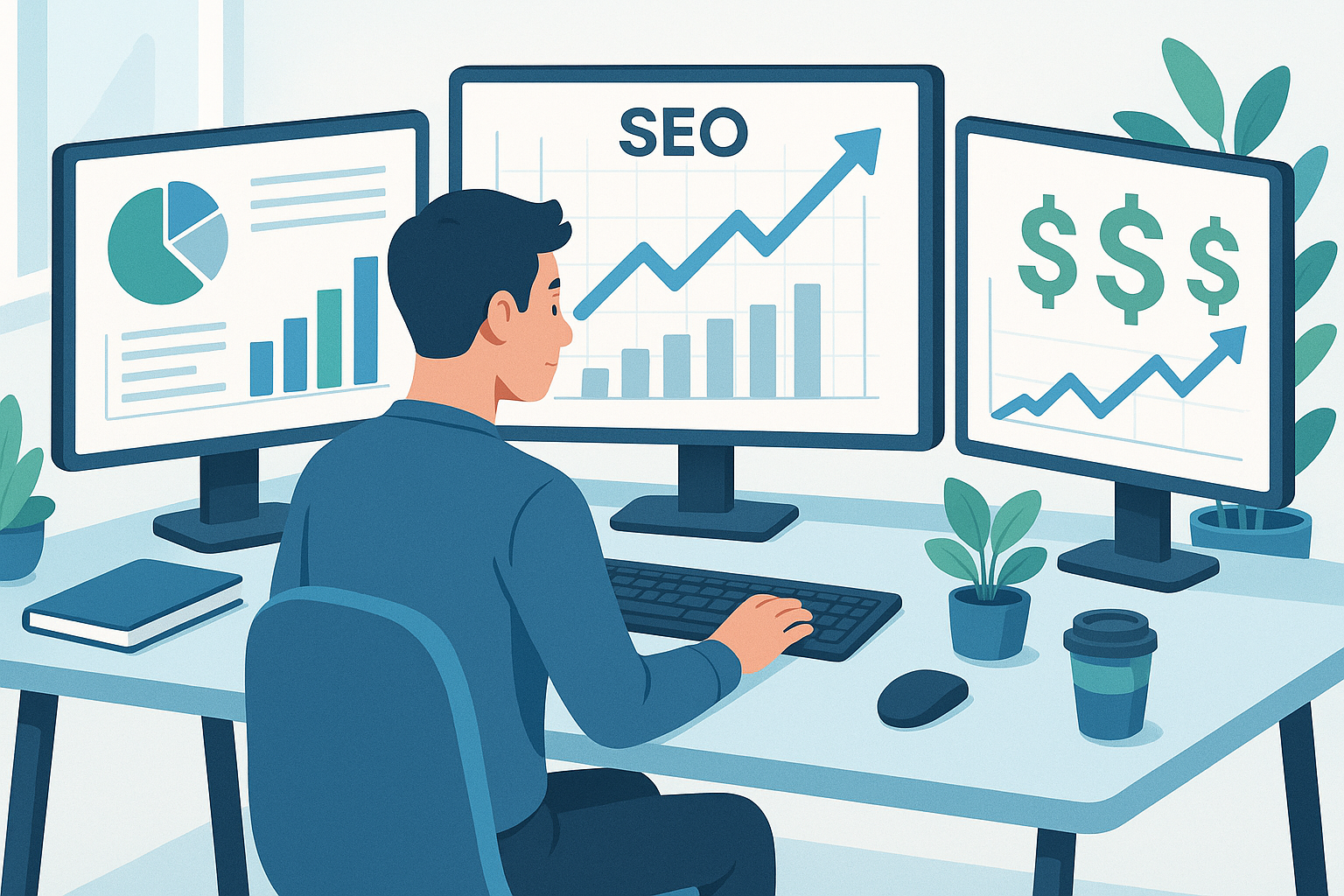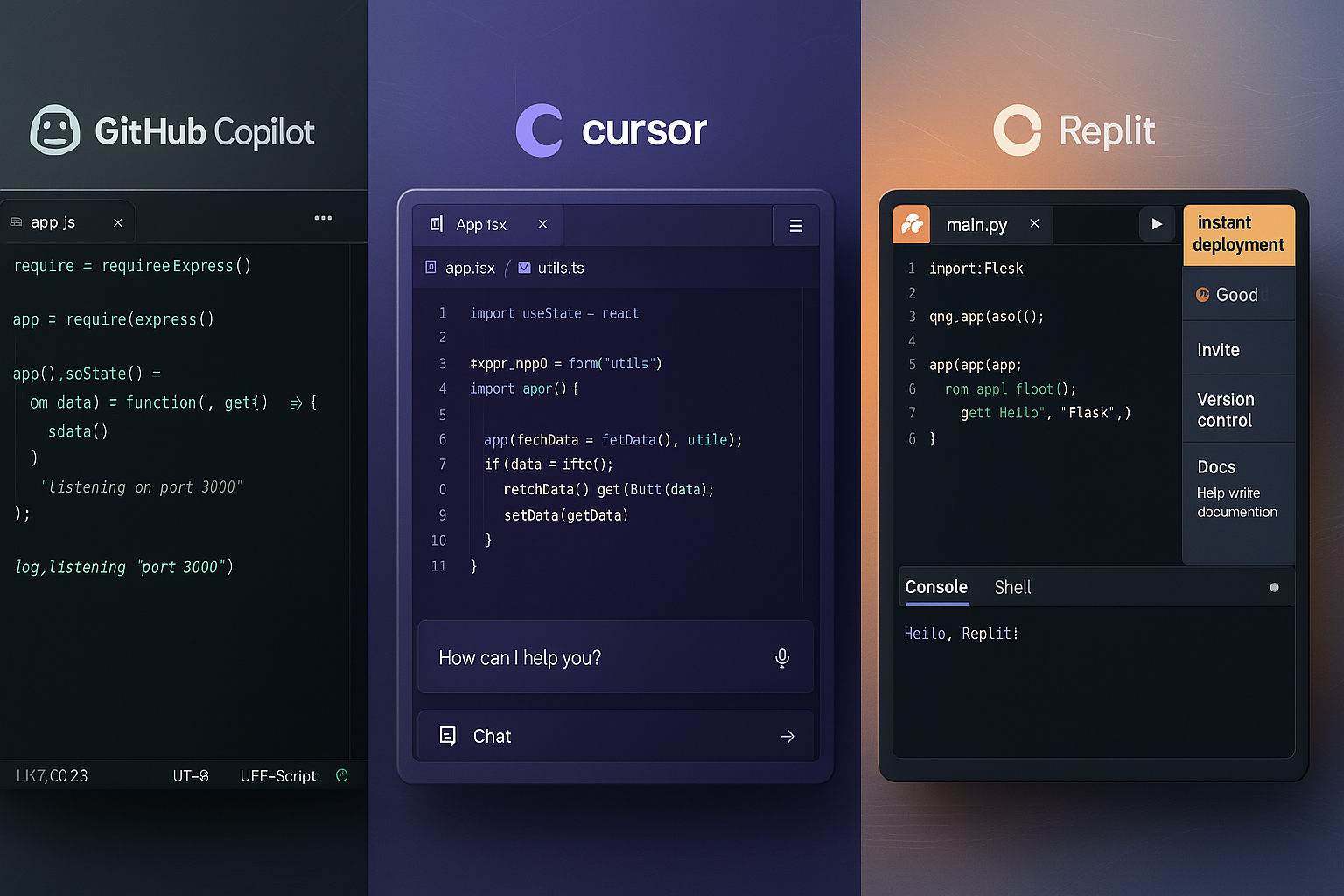How IoT and Cloud Computing Work Together for Smart Solutions
Businesses and people are changing what it means to live and work in a smart, linked world by using the full power of IoT and cloud technology together.
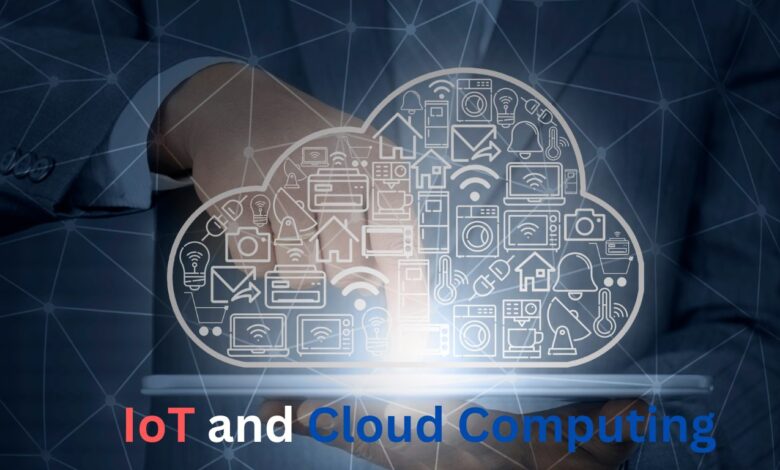
Emerging technologies such as IoT and cloud computing are spearheading unprecedented digital transformation. They are building the foundation for smart, connected solutions that will make many different areas more efficient, scalable, and automated in a smart way.
Businesses and people are changing what it means to live and work in a smart, linked world by using the full power of IoT and cloud technology together. Two new technologies, the Internet of Things (IoT) and cloud computing, are spearheading unprecedented digital transformation.
They are laying the foundation for smart, connected solutions that will enhance efficiency, scalability, and automation across various areas in an intelligent manner. Businesses and people are changing what it means to live and work in a smart, linked world by using the full power of IoT and cloud technology together.
In this article, we’ll explore how IoT and cloud computing work together for smart solutions, examining how data flows from devices to the cloud and back, the benefits of cloud-based IoT solutions, industry applications, and future trends shaping these technologies.
What is IoT, and How Does It Work with Cloud Computing?
Understanding IoT (Internet of Things)
The Internet of Things, or IoT, is a network of physical devices embedded with sensors, software, and other technologies that enable them to collect and exchange data over the internet.
These “smart” devices can range from home gadgets like thermostats and refrigerators to industrial machines, wearable technology, and even medical equipment. IoT devices gather data that provides insights into various metrics, such as temperature, location, energy consumption, and more.
The role of cloud computing in the IoT
Cloud computing is a technology that allows users to store, process, and manage data on remote servers rather than on local machines. For IoT to reach its full potential, cloud computing is essential.
When IoT devices collect data, they need somewhere to store, analyze, and manage this vast amount of information, which is where the cloud comes in.
By providing scalable storage, real-time processing, and accessible resources, cloud computing has become the backbone for IoT infrastructure. This synergy—IoT and cloud—enables rapid processing and insightful data analysis for smarter decision-making.
There are three main types of cloud computing services:
- Infrastructure as a Service (IaaS) is a service that allows companies to rent virtualized hardware for processing capacity.
- Platform as a Service (PaaS) enables developers to develop applications by utilizing tools specific to the platform.
- Software as a Service (SaaS) provides consumers with access to software applications through subscription models.
How IoT and Cloud Computing Work Together
IoT and cloud computing have a symbiotic relationship where each technology enhances the other’s capabilities. Here’s a breakdown of how these two technologies collaborate:
1. Data Collection and Transmission
Cloud servers receive data from IoT devices that continuously collect a wide range of metrics. The cloud offers secure, scalable storage for this vast amount of data, allowing companies to process and analyze it in real time. IoT cloud platforms collect, organize, and prepare data for further insights.
2. Data storage and management.
Once IoT devices transmit data to the cloud, cloud servers categorize and store this information in a structured way.
Cloud-based storage eliminates the need for local infrastructure, reducing costs and allowing data to be easily accessible from any location.
Cloud platforms such as AWS IoT Core, Microsoft Azure IoT Hub, and Google IoT Cloud enable seamless data management, providing flexibility and control over data processing.
3. Data processing and analytics.
Data processing is one of the most critical parts of IoT cloud computing. By analyzing data in real-time or near real-time, cloud computing allows IoT applications to respond instantly to changes.
This is particularly valuable in environments where immediate actions are required, such as in healthcare, manufacturing, or energy management. Advanced IoT cloud technology also enables predictive analytics, forecasting trends, and behaviors to optimize performance and decision-making.
4. Delivering insights to end users.
The cloud-based IoT system sends insights back to end-users after processing and analyzing data. Whether it’s through dashboards, apps, or automated reports, end-users can make data-driven decisions instantly.
This feedback loop—from device data to cloud insights and back to the user—creates a cohesive system for smart solutions.
Benefits of IoT and cloud computing integration
The integration of IoT and cloud computing has proven transformative for industries worldwide. Here are some of the major benefits of this powerful combination:
1. Scalability and flexibility.
With IoT cloud platforms, organizations can scale resources up or down based on demand, providing the flexibility needed to manage large volumes of data.
As IoT networks grow, cloud computing’s elasticity ensures that organizations can continue to process data seamlessly without interruptions or added infrastructure costs.
2. Cost-efficiency
Cloud-based IoT solutions reduce the cost associated with hardware and maintenance. Instead of building an in-house data center, companies can rely on cloud services to store and process IoT data, which is particularly useful for startups and smaller companies looking to leverage IoT technology.
3. Real-time data processing.
For applications like traffic management, health monitoring, and industrial automation, real-time data processing is crucial. Cloud computing provides IoT devices with the computational power necessary to process information instantly, allowing for immediate actions and efficient automation in critical scenarios.
4. Enhanced security and compliance.
Data security remains a significant concern for IoT applications. Cloud providers implement high-security standards to protect IoT data, such as data encryption, access control, and regular audits.
Many IoT cloud applications are also compliant with regulations, ensuring that industries like healthcare and finance can safely manage sensitive data in the cloud.
5. Improved connectivity and accessibility
IoT cloud technology enables global accessibility, ensuring that data can be accessed and controlled from virtually anywhere. This improved connectivity helps organizations oversee and manage IoT devices, making it easier to troubleshoot issues remotely, monitor performance, and update devices across geographies.
Applications of IoT and Cloud Computing in Smart Solutions
The integration of IoT and cloud computing has brought about smart solutions in various industries, transforming traditional processes and adding significant value.
1. Smart Cities
In smart cities, IoT and cloud computing work together to manage resources like water, electricity, and waste. IoT sensors track resource usage, and cloud-based analytics optimize allocation based on demand.
Examples include smart street lighting systems that adjust brightness based on real-time data and traffic management systems that adapt to traffic flow, reducing congestion and emissions.
2. Healthcare
IoT and cloud computing have a profound impact on healthcare, from wearable devices monitoring patients’ vitals to remote healthcare management. Cloud platforms store and analyze health data, allowing healthcare providers to monitor patients in real time, predict medical conditions, and streamline data sharing for improved patient care.
3. Industrial IoT (IIoT)
In manufacturing, IoT cloud applications play a vital role in optimizing production lines, monitoring equipment health, and ensuring safety.
One such application is predictive maintenance, in which IoT sensors gather data on machinery and cloud-based analytics forecast the need for maintenance. This minimizes downtime and prevents costly equipment failures.
4. Smart homes and buildings
IoT and cloud computing enable smart home devices to operate seamlessly. From thermostats that adjust based on room occupancy to security cameras that store footage in the cloud, IoT cloud technology makes homes more convenient, secure, and energy-efficient. Homeowners can control devices remotely, receive notifications on their phones, and enjoy personalized settings.
5. Agriculture and Environmental Monitoring
In agriculture, IoT sensors measure soil moisture, weather conditions, and crop health, while cloud-based analytics provide actionable insights to optimize crop yield.
Environmental monitoring applications also benefit from IoT cloud computing, allowing real-time data collection and tracking of air quality, water levels, and wildlife activity.
Challenges in IoT and cloud computing integration
Despite the power of IoT cloud technology, its full potential requires addressing its challenges.
1. Security Concerns
As data travels across networks, connecting devices to the cloud introduces security vulnerabilities. Cybersecurity threats such as hacking, data breaches, and unauthorized access are concerns for organizations deploying IoT solutions on the cloud.
2. Data Privacy Issues
As IoT devices gather data on users, privacy concerns arise. Organizations need to comply with stringent data privacy regulations, safeguard data anonymization, and prevent its misuse.
3. Network and Latency Issues
The cloud requires high-speed internet for seamless operation. In some scenarios, delays or latency issues can impact IoT applications, particularly in areas with limited connectivity. Edge computing is emerging as a solution, processing data closer to the device to reduce latency and improve real-time processing capabilities.
Future Trends: The Evolving Landscape of IoT and Cloud Computing
1. Edge Computing and 5G Integration
The rise of edge computing complements IoT cloud platforms by processing data closer to the source, reducing latency, and enhancing real-time capabilities. Coupled with 5G networks, edge computing enables faster, more reliable IoT applications, paving the way for innovations like autonomous vehicles and remote surgery.
2. AI and machine learning in IoT cloud computing.
Artificial intelligence (AI) and machine learning (ML) enhance IoT cloud applications by adding predictive and analytical capabilities. AI-powered IoT devices can detect patterns, predict outcomes, and improve automation, which benefits sectors like finance, logistics, and healthcare.
3. Hybrid Cloud Solutions
Hybrid cloud solutions combine the benefits of private and public cloud services, giving organizations flexibility to manage data with both on-premises and cloud resources. This is particularly valuable for businesses that require extra security for sensitive data or need to optimize costs.
Conclusion
The synergy between IoT and cloud computing is transforming the way we live, work, and interact with technology. From smart homes to connected industries, IoT cloud technology is enabling smart solutions that are more efficient, responsive, and adaptable than ever.
Despite challenges, advancements in edge computing, AI, and 5G will continue to drive innovation, enabling IoT and cloud computing to meet the demands of an increasingly connected world.
By understanding how IoT and cloud computing work together, businesses and individuals can leverage these technologies to develop intelligent, future-ready solutions. The age of smart connectivity is here, and the potential for IoT and cloud-powered applications is limitless.
